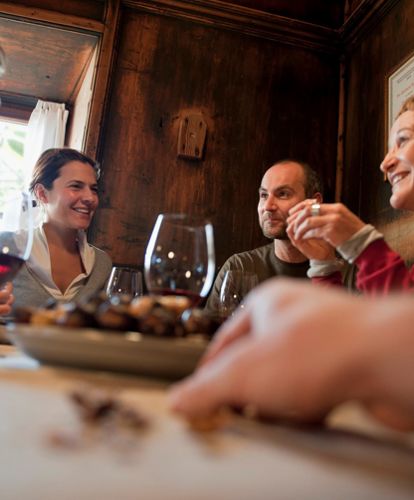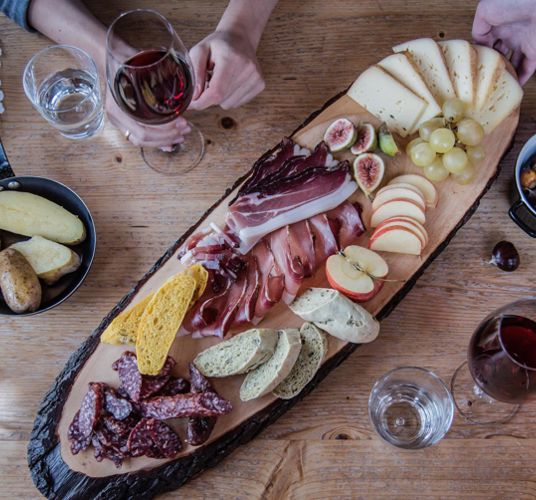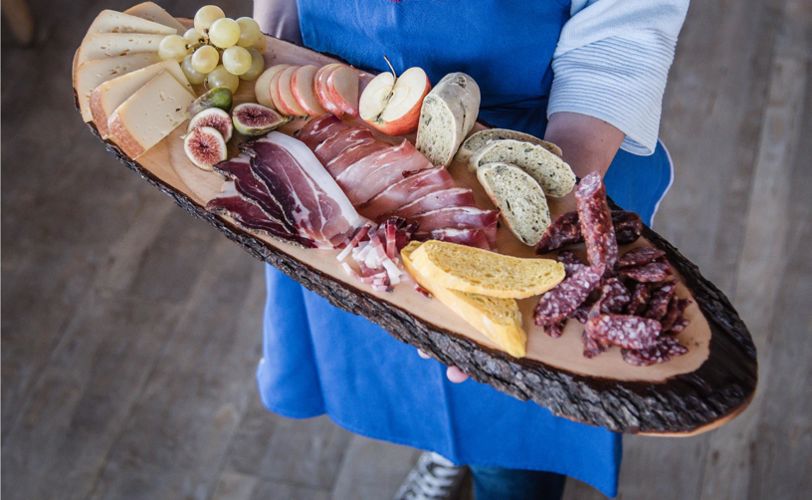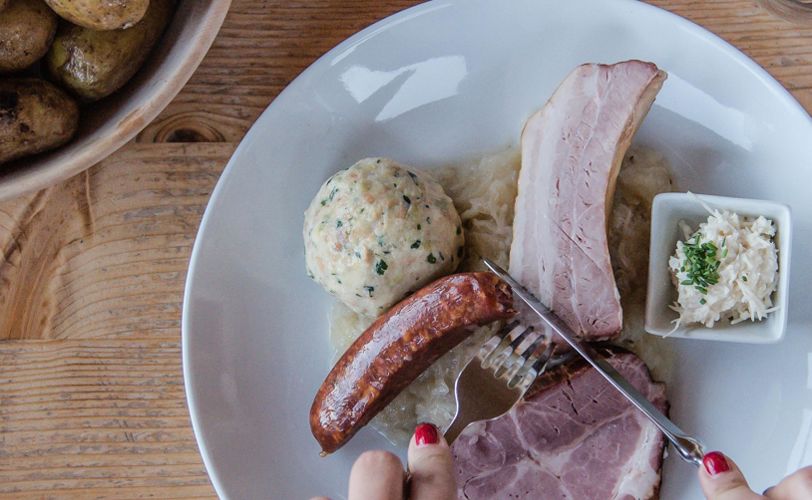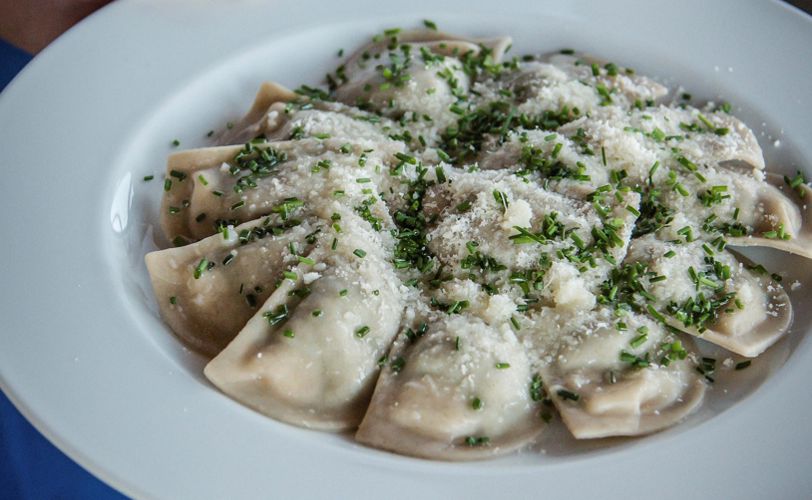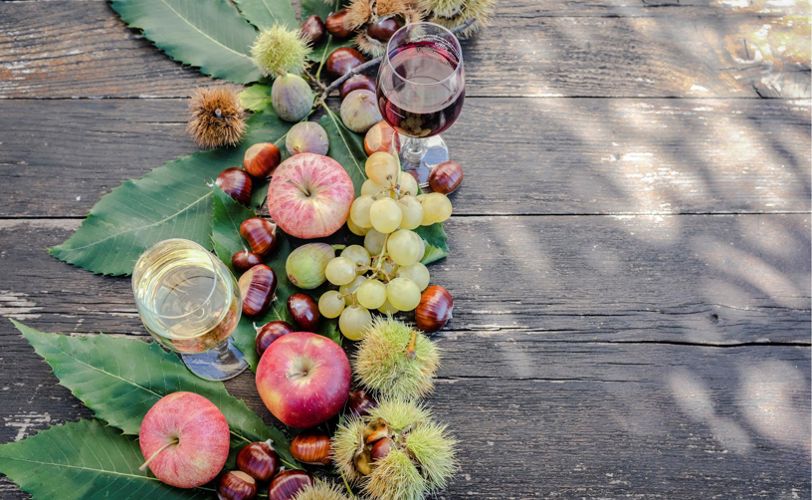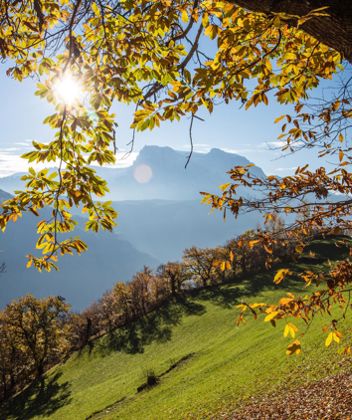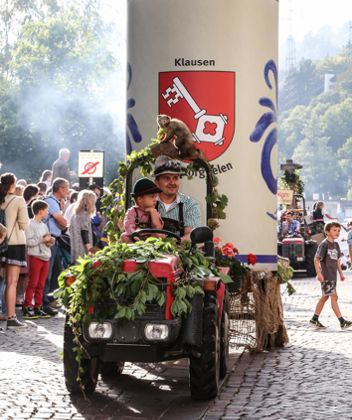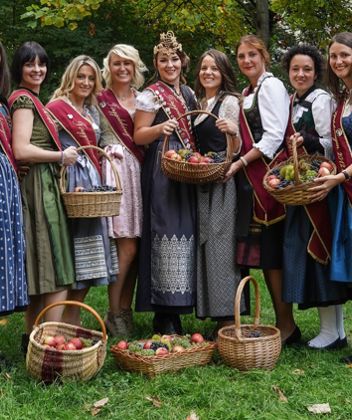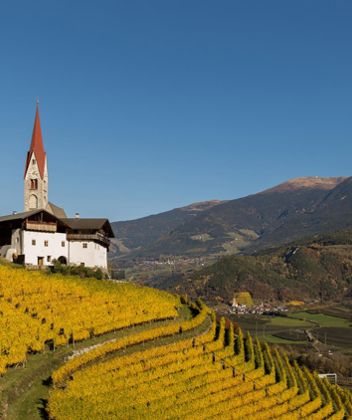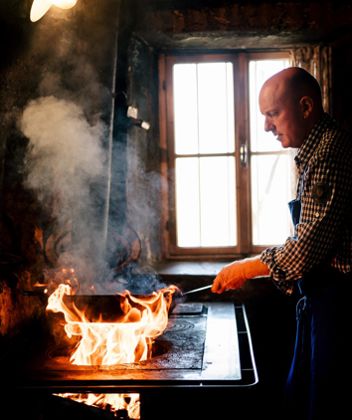Törggelen in South Tyrol
The origins of Törggelen
There are several theories about why the Törggelen came into being. One theory has it that the custom derives from the wine trade, when wine merchants and restaurateurs from the northern parts of the region and the southern German-speaking world came together in the wine growing areas in order to taste the new wines. Another story says that the tradition has its origins in the barter trade between the wine growers in the valley bottom and the cattle farmers who lived and worked at higher altitudes. When the new wine was ready, the cattle farmers were informed, beasts were slaughtered and the wines were tasted accompanied by a hearty meal.
Whatever the truth, everyone is agreed that the tradition began in the Eisack Valley, perhaps because on the fringes of the winegrowing areas the previous year’s wine did not last until the new wine was ready, and so the delight at its arrival was all the greater. The word “törggelen” – and here everyone is agreed – comes from the word for the wine press, the “Torggl”, and not, as many people used to suspect, from “torkeln” (to stagger) and thus the shaky condition in which many a guest would leave the wine taverns. The South Tyrolean wine press, which in the past would measure as much as 15 metres in height, is known as the “Torggl”. In turn the word “Torggl” comes from the Latin “torquere”, which means to wind, press or turn. This refers to the pressing of the mash after the grape harvest. After the grape harvest people would move from Torggl to Torggl in order to taste the new wine and give their critical opinion of it!
Whatever the truth, everyone is agreed that the tradition began in the Eisack Valley, perhaps because on the fringes of the winegrowing areas the previous year’s wine did not last until the new wine was ready, and so the delight at its arrival was all the greater. The word “törggelen” – and here everyone is agreed – comes from the word for the wine press, the “Torggl”, and not, as many people used to suspect, from “torkeln” (to stagger) and thus the shaky condition in which many a guest would leave the wine taverns. The South Tyrolean wine press, which in the past would measure as much as 15 metres in height, is known as the “Torggl”. In turn the word “Torggl” comes from the Latin “torquere”, which means to wind, press or turn. This refers to the pressing of the mash after the grape harvest. After the grape harvest people would move from Torggl to Torggl in order to taste the new wine and give their critical opinion of it!


